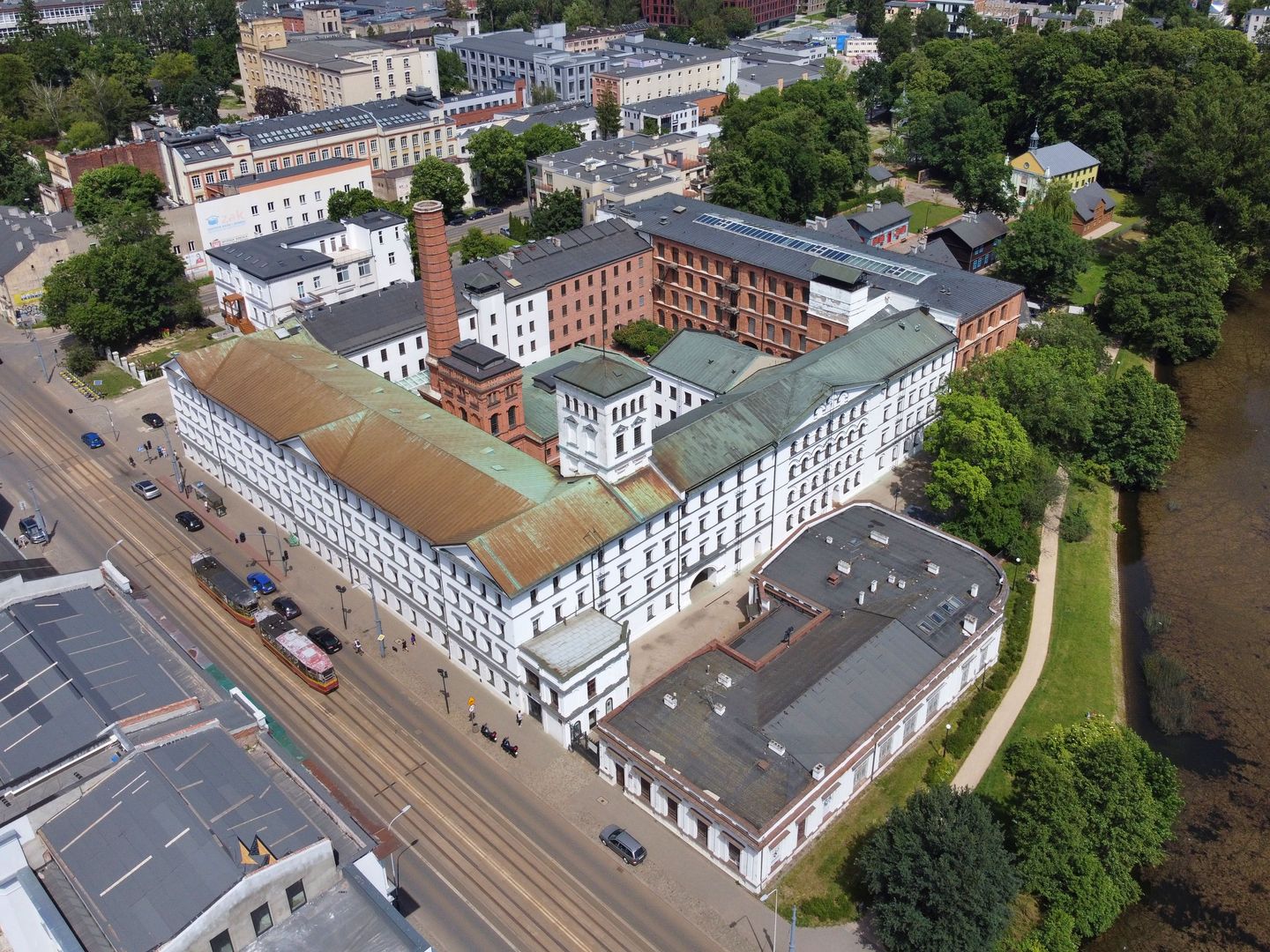Geyer's White Factory
6.57

Overview
The White Factory is a historic factory building of Ludwik Geyer, located at 282/284 Piotrkowska Street in Łódź, currently serving as the Central Museum of Textiles. Considered one of the oldest examples of industrial architecture in Poland, the building features classicist characteristics and was constructed between 1835 and 1837 as a mechanical spinning and weaving mill. Unlike later factories, the White Factory was plastered, which contributed to its name. In the following years, Geyer expanded the complex by adding pavilions and modernizing it, thereby influencing the mechanization of the textile industry and introducing the first steam engine in Łódź in 1838. With government support and preferential loans, Geyer was able to invest in modern technologies, making his facility the most advanced in the Polish Kingdom. At its peak, the factory employed around 600 people and operated a large number of spindles and weaving workshops. The architecture of the White Factory reflects influences from residential construction, making it a unique example of the classicist style. In 1959, the building was repurposed as the Museum of the History of Textiles, and in 1975, it was transformed into the Central Museum of Textiles. In 2015, the White Factory was designated a historical monument, highlighting its importance to both the industrial and cultural heritage of the region. This site not only attracts history enthusiasts but also serves as a key element of Łódź's identity as an industrial center.
Location
Tickets
Powered by GetYourGuide
2025 Wizytor | All Rights Reserved